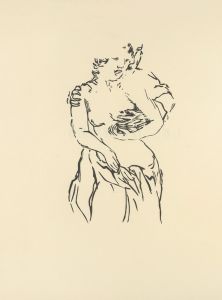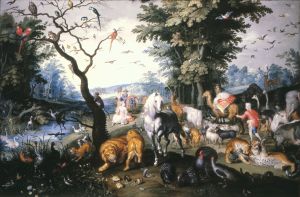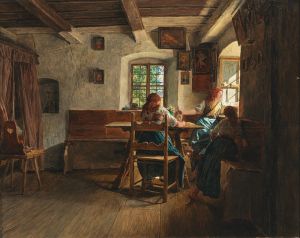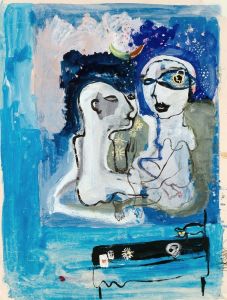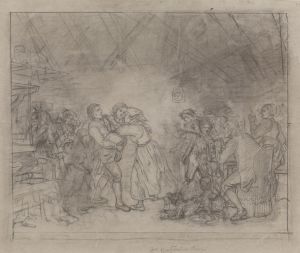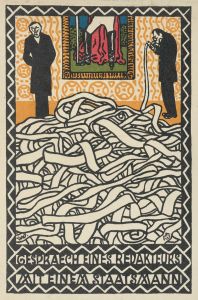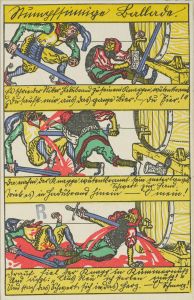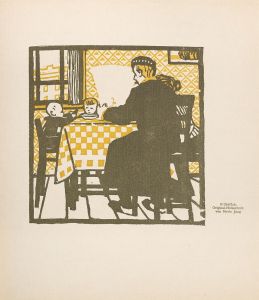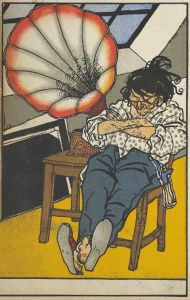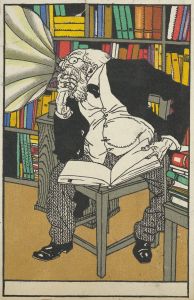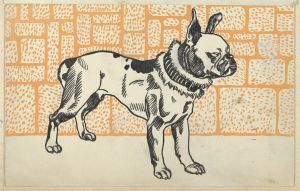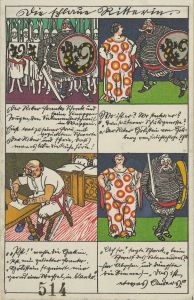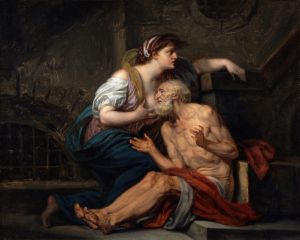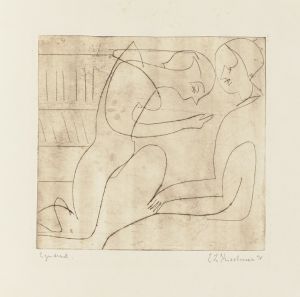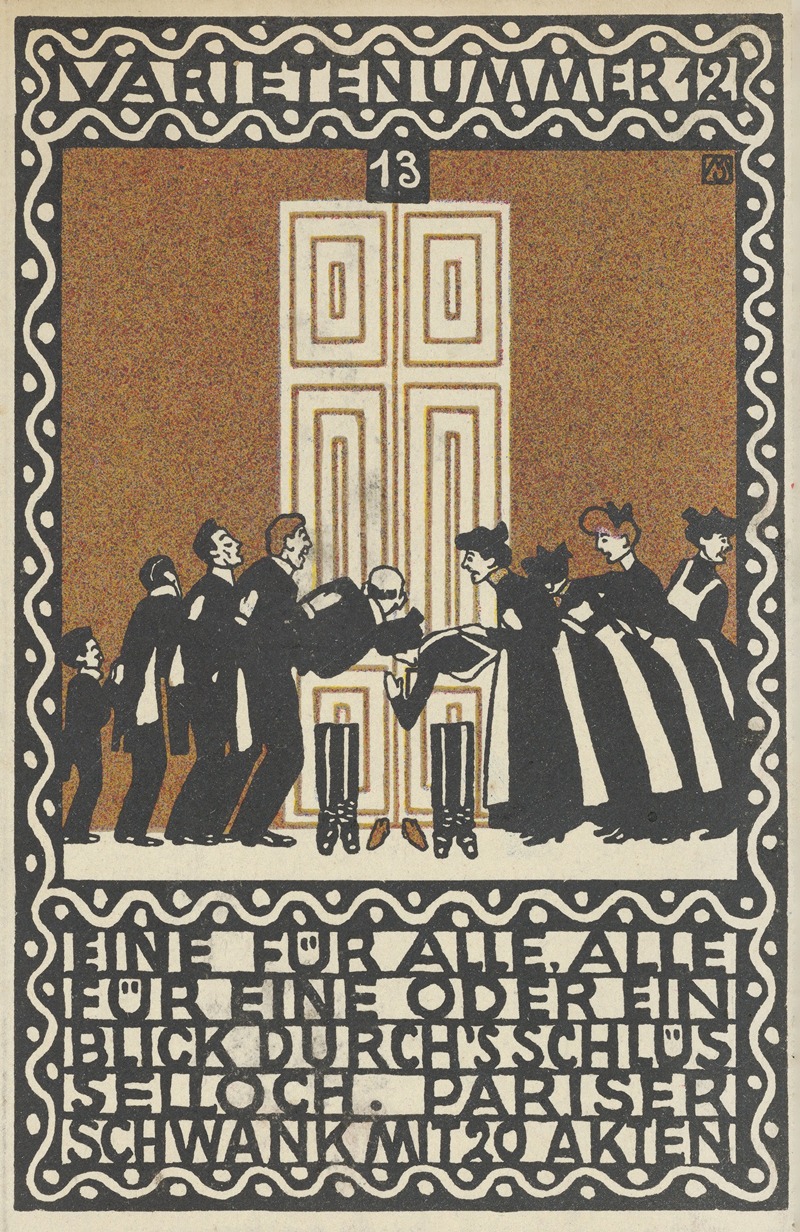
One for All, All for One or a Glimpse through the Keyhole
A hand-painted replica of Moriz Jung’s masterpiece One for All, All for One or a Glimpse through the Keyhole, meticulously crafted by professional artists to capture the true essence of the original. Each piece is created with museum-quality canvas and rare mineral pigments, carefully painted by experienced artists with delicate brushstrokes and rich, layered colors to perfectly recreate the texture of the original artwork. Unlike machine-printed reproductions, this hand-painted version brings the painting to life, infused with the artist’s emotions and skill in every stroke. Whether for personal collection or home decoration, it instantly elevates the artistic atmosphere of any space.
Moriz Jung was an Austrian artist and illustrator, known for his work in the early 20th century. One of his notable works is "One for All, All for One or a Glimpse through the Keyhole." This piece is a fine example of Jung's unique style and his ability to capture intricate details and social commentary through his art.
Moriz Jung was born in 1885 in Nikolsburg, Moravia, which was then part of the Austro-Hungarian Empire. He studied at the Vienna School of Applied Arts, where he was influenced by the Wiener Werkstätte, a community of visual artists in Vienna. The Wiener Werkstätte was known for its commitment to combining fine and applied arts, and this influence is evident in Jung's work.
"One for All, All for One or a Glimpse through the Keyhole" is a woodcut print, a medium that Jung frequently used. Woodcut printing involves carving an image into the surface of a block of wood, with the raised areas representing the parts that will be inked and printed. This technique allows for bold contrasts and intricate details, both of which are characteristic of Jung's style.
The artwork depicts a scene viewed through a keyhole, a common motif in Jung's work that suggests a sense of voyeurism and curiosity. The title, "One for All, All for One," is a phrase famously associated with the Three Musketeers, implying unity and solidarity. However, the exact interpretation of the scene in the artwork is left to the viewer's imagination, as Jung often infused his works with a sense of mystery and open-endedness.
Jung's work often reflected the social and political climate of his time. The early 20th century was a period of significant change and upheaval in Europe, and artists like Jung used their work to comment on these changes. His use of the keyhole motif, for example, can be seen as a metaphor for the limited perspective and hidden truths of society.
Unfortunately, Moriz Jung's career was cut short by his untimely death in 1915 during World War I. Despite his brief career, his work left a lasting impact on the art world, particularly in the realm of printmaking and illustration. His pieces are still studied and admired for their technical skill and the depth of their social commentary.
Today, "One for All, All for One or a Glimpse through the Keyhole" remains a testament to Jung's talent and his ability to capture complex themes in a visually compelling manner. His work continues to be exhibited in museums and galleries, preserving his legacy as a significant figure in early 20th-century art.





